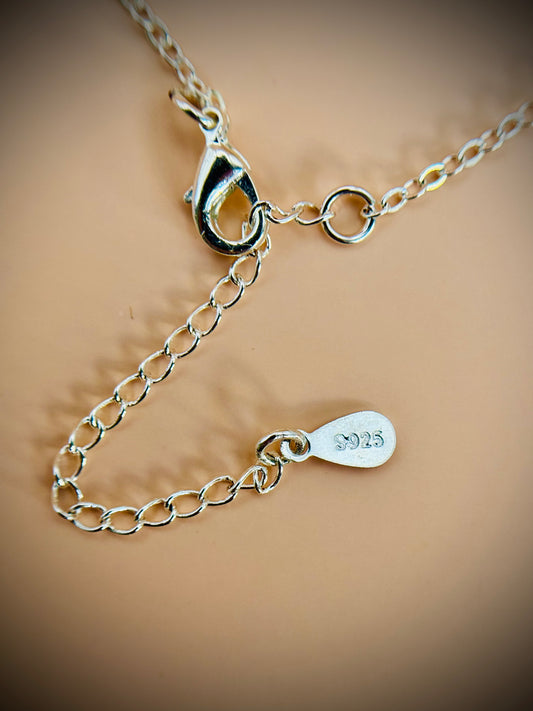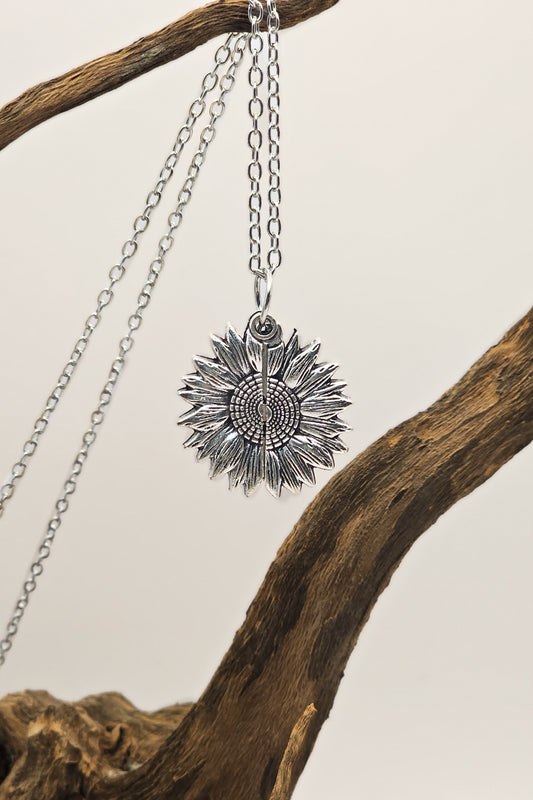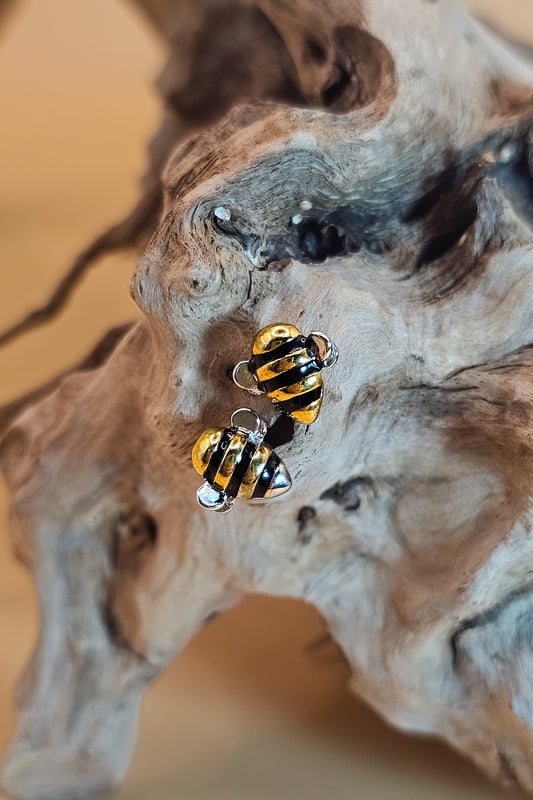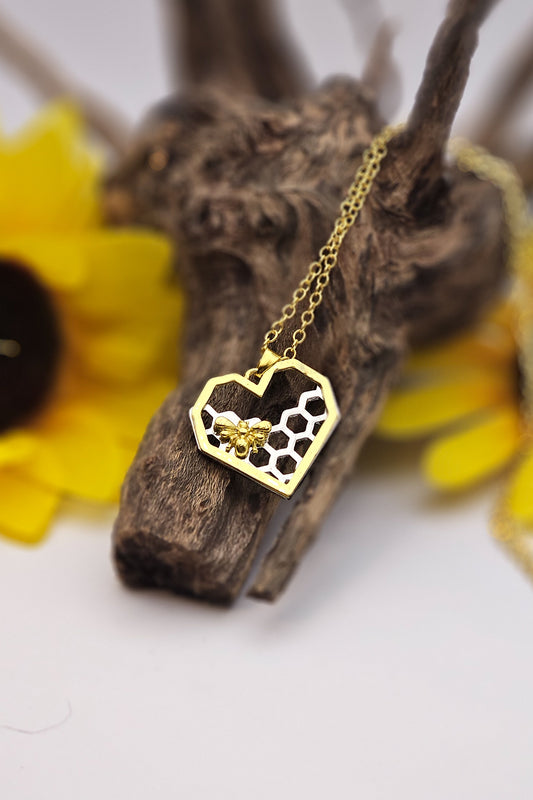Next time you pop a fresh blueberry into your mouth, remember that every single blueberry is the result of a flower that was pollinated by a bee.
Without bees, no berries… but pollinating blueberries with bees is not an exact science yet. Successful pollination depends on several factors, like how much buzz a blueberry flower needs to release its pollen and when the beehives are introduced to the plants.
Blueberry farmers bring in honeybee hives or bumblebees when their blueberry bushes begin flowering.
Here is a 3:45-minute video by Project Integrated Crop Pollination:
Ryan Atwood is co-owner of H&A Farms, with over 350 acres of blueberries in north and central Florida. He believes pollination increases berry size and weight, which improves and increases the overall crop yield. The Florida blueberry industry is a $60 million annual business.
It’s important to get it right, because blueberry growers in the USA report that ineffective pollination is a top concern for their business. It affects the amount and quality of what they bring to market.
Some years blueberry pollination goes well, other years not. A research team of scientists from blueberry growing states funded by a $2 million grant from the National Institute of Food and Agriculture, part of the USDA, hope to develop recommendations and tools to help growers optimize pollination. They are calling the tool the pollination planner and it helps growers know how many bees they need to use and when to bring them in, based on location, size of the farm, climate and the blueberry varieties. This is very fine tuned.
There are many variables to figure out and consider. Some blueberry varieties hang on tightly to their pollen while others let it fly. The color and size of the flower, how much nectar it produces may impact how attractive that flower is to a bee.
So that plump juicy blueberry you ate was the result of a bee deciding to pollinate that one flower.
Doesn’t that make it special?








